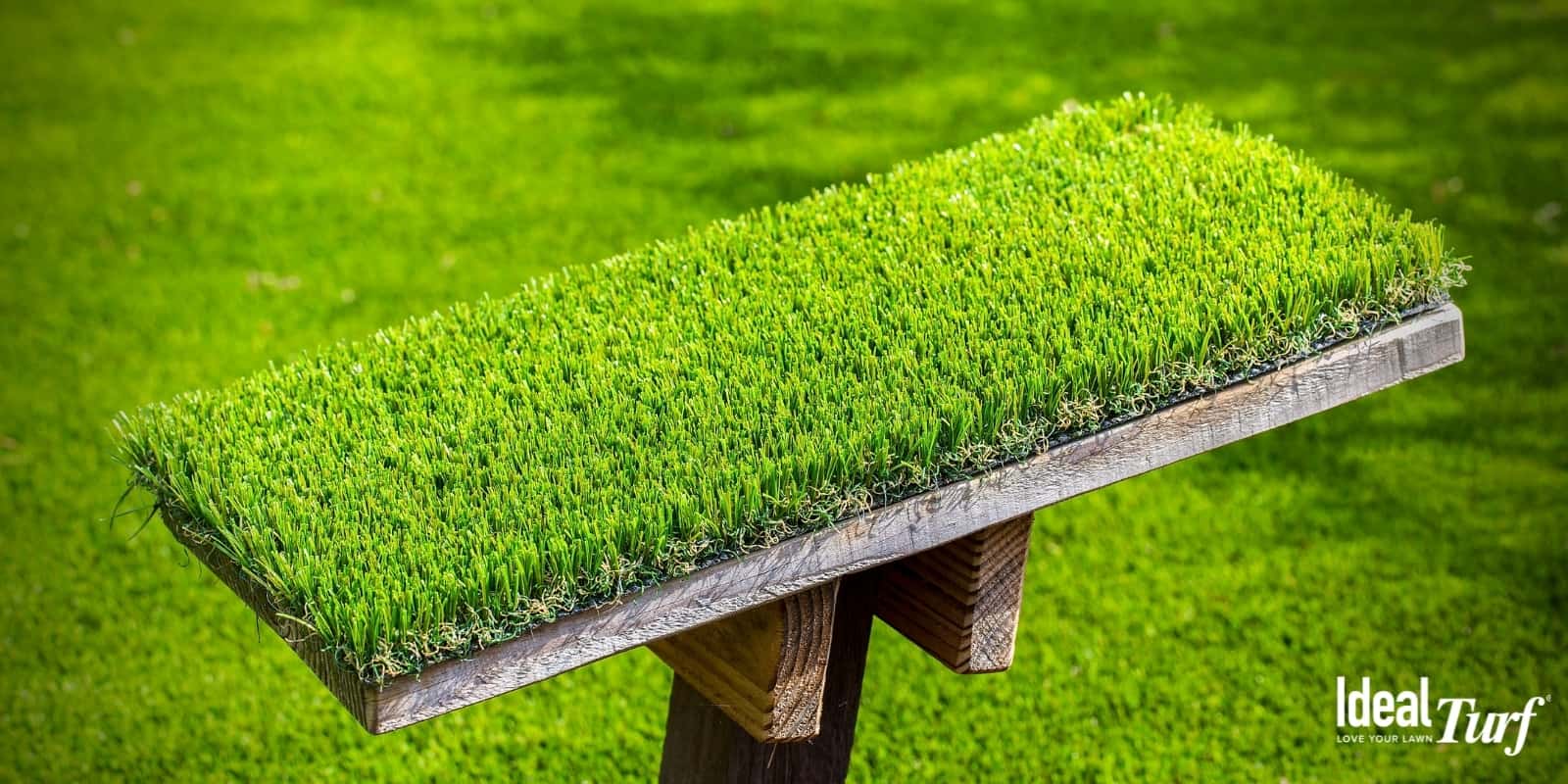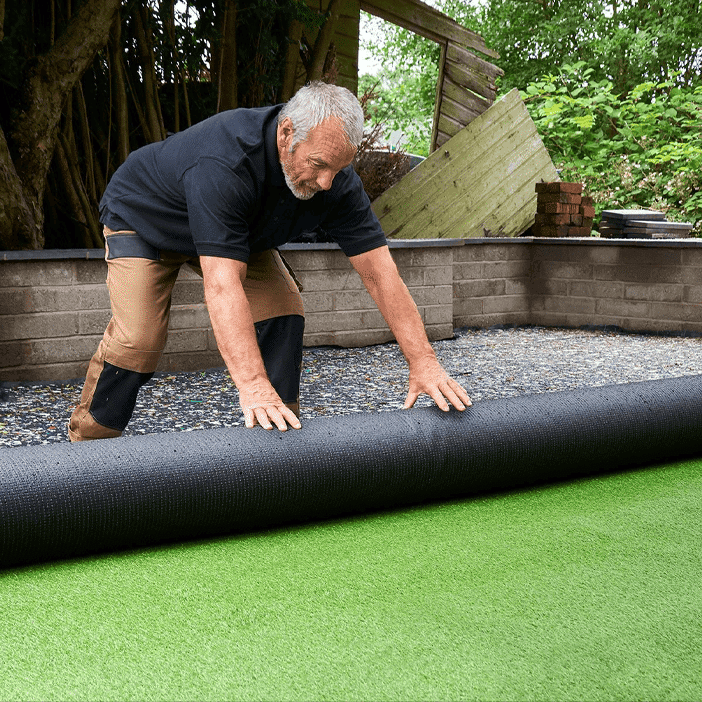Find Trusted Artificial Turf Companies Phoenix for High-Quality and Realistic Grass
Find Trusted Artificial Turf Companies Phoenix for High-Quality and Realistic Grass
Blog Article
Explore the Environmental Perks of Opting for Synthetic Grass Solutions
The adoption of synthetic turf services presents a compelling opportunity to resolve pressing ecological difficulties. By considerably reducing water use and lessening the application of dangerous chemicals, these alternatives not only promote lasting landscape design but likewise secure regional communities. Furthermore, the lower carbon impact connected with decreased upkeep tasks contributes to a more lasting method to land administration. The effects of these advantages extend beyond simple preservation initiatives, raising questions regarding their long-lasting influence on habitat preservation and general environmental balance. Checking out these measurements discloses an intricate interaction worth taking into consideration.
Water Preservation Perks
One of the most significant benefits of synthetic grass is its capacity to save water. In comparison, fabricated lawn does not need watering, considerably decreasing the general demand for water resources.
By removing the need for regular watering, fabricated lawn adds to lasting landscape techniques and aids mitigate the environmental effect of too much water intake. The preservation of water prolongs to the decrease of runoff, which can lead to dirt erosion and river contamination.
Additionally, the installment of synthetic grass allows house owners and municipalities to allocate water resources extra efficiently, concentrating on crucial uses such as alcohol consumption water and farming. The change in the direction of artificial lawn not just promotes responsible water use however also aligns with more comprehensive ecological goals aimed at protecting natural deposits.
As communities significantly prioritize sustainability, the water preservation advantages of synthetic grass present an engaging instance for its adoption in household and industrial landscape design jobs.
Minimized Chemical Use
The transition to fabricated grass considerably lowers the dependence on chemical therapies frequently used in natural turf upkeep. Conventional grass monitoring typically involves the application of herbicides, chemicals, and plant foods to promote development and control bugs. These chemicals can position dangers to human health, local wild animals, and the atmosphere, adding to soil and water contamination.
On the other hand, synthetic grass removes the need for these hazardous materials. Once set up, it requires very little maintenance, mainly being composed of regular cleaning and seldom infill replenishment. This reduction in chemical usage not just profits the immediate setting but likewise adds to wider environmental security. By reducing the launch of synthetic substances right into the community, synthetic grass promotes much healthier dirt and water supply.
Furthermore, the absence of chemical overflow connected with artificial turf setups assists secure local waterways from pollution, supporting aquatic life and maintaining biodiversity. Arizona artificial turf. As areas significantly focus on lasting techniques, selecting artificial turf presents a feasible remedy that straightens with ecological preservation goals. With this shift, homeowner can take pleasure in rich eco-friendly spaces without compromising eco-friendly health and wellness, paving the method for a much more lasting future
Lower Carbon Footprint

Additionally, the setup of synthetic grass can lead to significant water conservation. Natural yards call for considerable amounts of water for irrigation, which not only adds to the carbon footprint connected with water removal and therapy but also stress neighborhood water sources. On the other hand, fabricated turf needs very little upkeep, calling for no watering, thereby substantially lowering water use and its associated energy expenses.
Furthermore, the long life of synthetic grass adds to its decreased carbon impact. With a lifespan of as much as 15 years or more, the need for frequent replacements is decreased, leading to less waste and lower energy intake in production and taking care of typical grass choices. Overall, artificial turf presents a lasting alternative for eco aware landscape design.
Environment Preservation
Habitat preservation is a crucial consideration in the dispute over landscape design choices, particularly when contrasting synthetic grass to click to read more natural yard. All-natural turf yards typically require comprehensive upkeep, consisting of using herbicides, pesticides, and fertilizers, which can adversely affect regional communities. These chemicals can seep right into the soil and rivers, harming indigenous plants and animals and interrupting local habitats.
On the other hand, synthetic grass offers a chance to reduce the environmental impact of landscaping. By going with synthetic lawn, property owners can decrease the disruption of all-natural environments connected with typical lawn care techniques. Synthetic lawn eliminates the requirement for hazardous chemicals, therefore safeguarding neighboring wildlife and keeping the stability of surrounding ecological communities. The setup of man-made lawn can lead to the conversion of previous yard locations right into even more biodiverse landscapes, such as pollinator yards or indigenous plant locations, which can sustain local wildlife.
Ultimately, the transition to synthetic grass not just saves water and minimizes upkeep efforts but additionally cultivates a much more harmonious relationship in between human activities and the natural environment, advertising habitat preservation in the process.
Long-Term Sustainability
Long-term sustainability is a vital consider assessing the advantages of synthetic grass over typical lawn lawns. Among the most substantial benefits of synthetic grass is its toughness; it can last up to 15-20 years with marginal maintenance, whereas all-natural lawn requires regular reseeding and replacement. This durability reduces the demand for constant sources, such as water, fertilizers, and chemicals, which are vital for maintaining a healthy and balanced turf lawn.
Additionally, synthetic grass adds to a reduction in carbon discharges connected with yard treatment equipment. Standard lawns commonly require gas-powered lawn mowers, leaners, and blowers, all of which contribute to air contamination. Artificial turf companies phoenix. In comparison, synthetic grass removes the need for such equipment, promoting a cleaner setting
Moreover, the production of synthetic grass increasingly utilizes recycled materials, improving its sustainability account. As suppliers take on green practices, the environmental impact of synthetic grass proceeds to decrease.

Conclusion
The adoption of synthetic grass services presents significant environmental advantages, consisting of significant water conservation, decreased reliance on harmful chemicals, and a my latest blog post reduced carbon impact. Additionally, synthetic grass help in preserving all-natural habitats by reducing land disturbance and advertising lasting sustainability through using durable materials. Collectively, these variables emphasize the capacity of synthetic lawn to add positively to environmental health and offer a viable choice to standard landscaping methods in a progressively resource-conscious globe.
In contrast, fabricated grass does not need watering, significantly lowering the general need for water resources. By minimizing the release of artificial compounds right into the environment, synthetic lawn promotes much healthier soil and water systems.
In addition, the setup of fabricated grass can result in significant water preservation. In contrast, fabricated turf requires minimal maintenance, calling for no watering, thus dramatically decreasing water Read Full Article use and its connected power costs.

Report this page